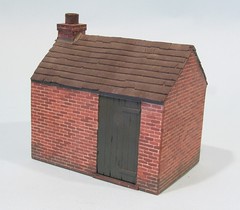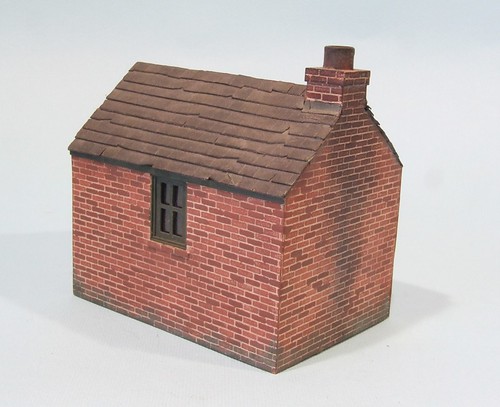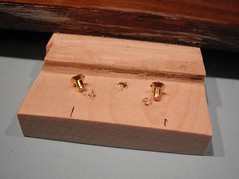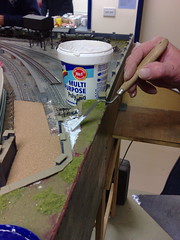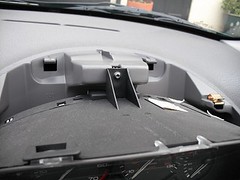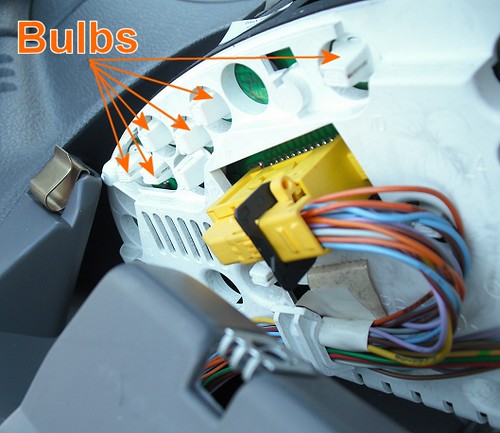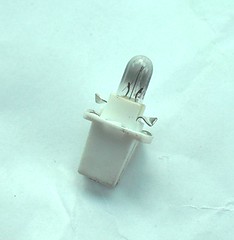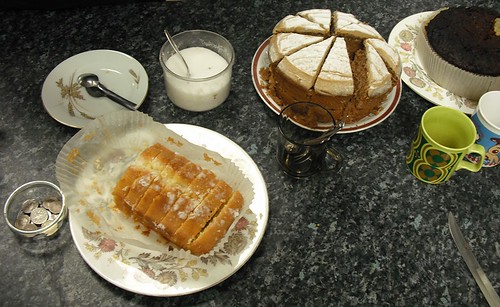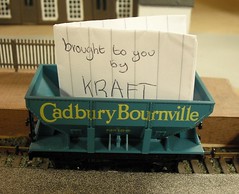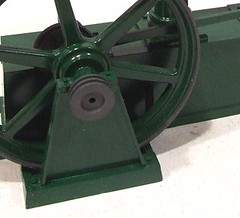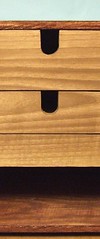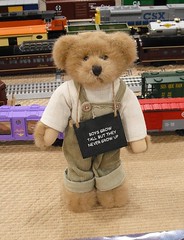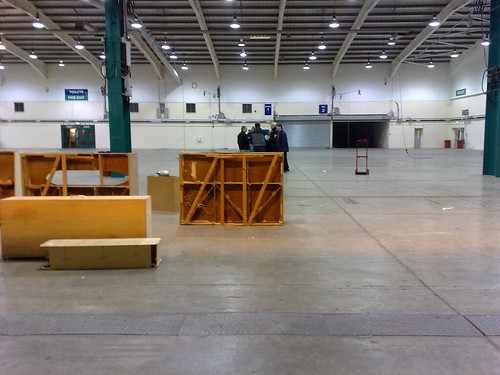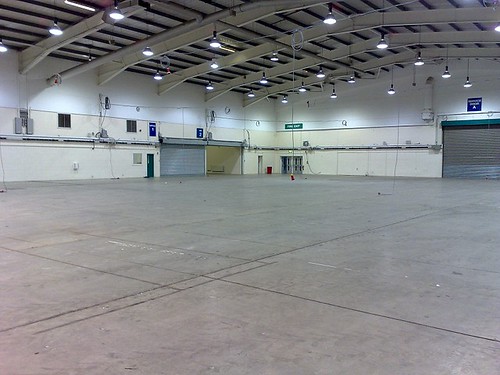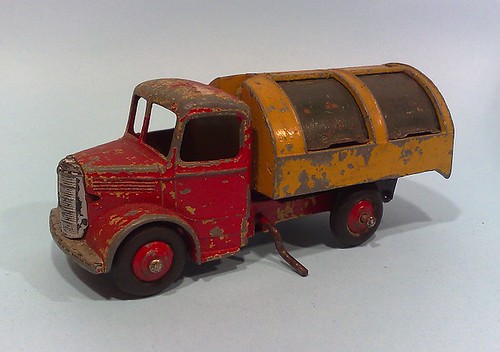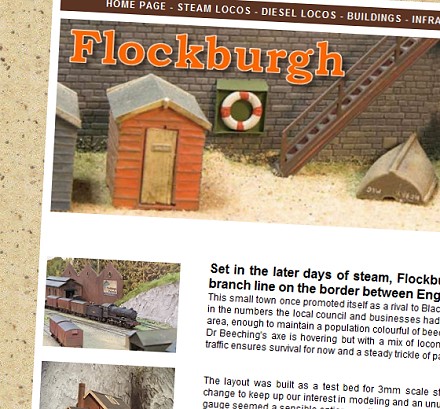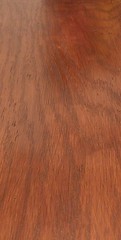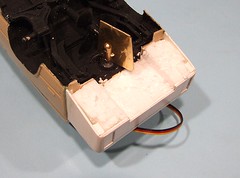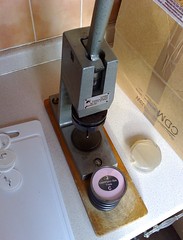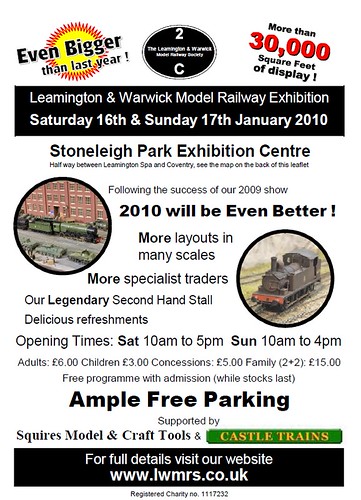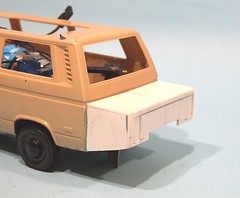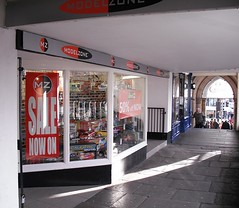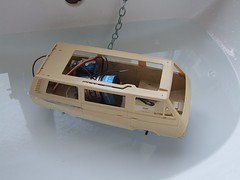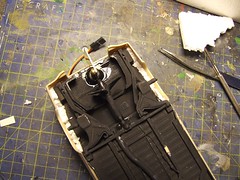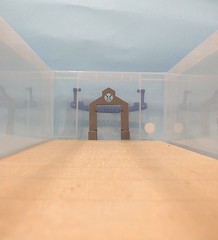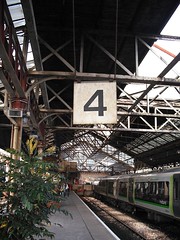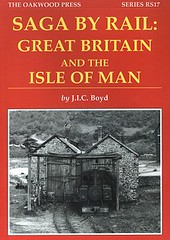 Earlier this year I promised book reviews and here's the first one. Not just because I've not done much model making recently either !
Earlier this year I promised book reviews and here's the first one. Not just because I've not done much model making recently either !During my lunch times at work I've been working my way through "Saga by Rail". Originally bought because of the magic words "Isle of Man" on the cover, it consists of lots of short chapters describing the authors travels looking exploring railways. Most are only 2 or 3 pages long plus copious black and white photographs which are very well printed. It's just the thing for dipping in for a few minutes in the middle of the day.
Boyd is one of the best known railway authors and no Manx fan's library is complete without his three volume set on the subject. My shelves are home to the early single volume as well, it was later expanded to make the trilogy. The story behind this is included as one of the "sagas" - basically the IOM Steam Railway hierarchy didn't want to co-operate despite being told to by those in charge so the first edition was rather shorter than planed.
The other subjects covered are pretty wide ranging. Lots of Ffestiniog of course but some pretty obscure lines make an appearance - the first chapter covers Snailbeach for example. Mind you, it does make you wonder about the author. The visit took place during 1941 on his honeymoon. You wonder what the new Mrs Boyd really thought when it was suggested !
I particularly like the Woodhead Reservoirs Tramway which had a steeple cab electric engine that looks very much like that found on the Hellingly line. All these electric locos looked very similar but there does appear to be a family resemblance. A later chapter on the Whittingham Hospital Railway makes me even happier !
The time period covered is late 30's to the end of the war. Much mention is made of petrol rationing limiting the authors travels along with complex and unrepeatable nowadays train journeys. The lines visited have mostly disappeared into history but Boyd writes about them as thought he only visited yesterday which makes for interesting and frustrating reading - how I'd love a time machine to go back and take a look.
Buy this book from Amazon

